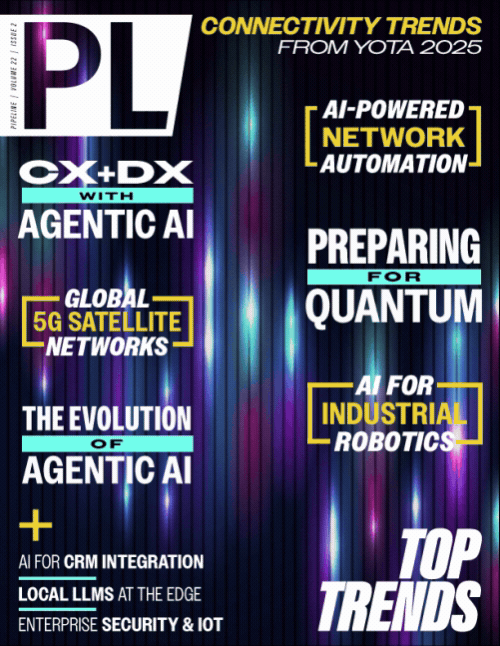News Center
SEALSQ Utilizes Ultra-Secure Data Centers in SwitzerlandSEALSQ Utilizes Ultra-Secure Data Centers in Switzerland to Store and Process Vast Amounts of Data Generated by Its Sensors and SemiconductorsSEALSQ announced that it is taking a significant step forward in the realm of IoT data security by utilizing ultra-secure data centers in Switzerland to store and process vast amounts of data generated by its sensors and semiconductors. As IoT devices continue to collect critical information across various sectors—ranging from smart cities and consumer devices to industrial automation and smart grids—there is an increasing need for robust infrastructure capable of managing the massive datasets these devices produce. The IoT data landscape is characterized by its high volume, diverse structure, and real-time requirements. Data streams include everything from telemetry and video feeds to unstructured machine logs and environmental metrics, all of which must be processed with ultra-low latency to derive actionable insights. Switzerland’s strategic push toward digital sovereignty aligns perfectly with SEALSQ’s objective. The country is in the process of developing an independent digital infrastructure, the Swiss Government Cloud, slated to be operational by 2026. This investment, costing CHF 319.4 million, will not only support federal agencies but also provide a secure environment for cantons, cities, and local municipalities. Switzerland’s emphasis on digital sovereignty transcends mere data protection—it focuses on harnessing data-driven innovation while maintaining control over essential digital resources. SEALSQ’s adoption of this infrastructure reflects a commitment to both security and technological independence. The significance of this move lies in Switzerland’s established reputation for digital trust and privacy, making it an optimal location for processing sensitive IoT data. As IoT devices become more embedded in daily operations—from smart consumer gadgets like wearables to complex industrial systems—there is an increasing need for data centers that can offer not only the capacity but also the reliability and security required to handle such data. SEALSQ is tapping into this potential by using AI-driven techniques like machine learning, deep learning, and computer vision to analyze and interpret the incoming data streams. These analytical techniques, applied to data ranging from predictive maintenance insights in factories to real-time environmental monitoring in cities, provide businesses with the ability to optimize operations, reduce downtime, and enhance decision-making capabilities. This initiative builds on the Swiss Confederation’s broader vision for a secure digital landscape, a goal solidified by the Federal Council’s announcement on May 22, 2024, to establish a comprehensive cloud infrastructure. The focus is not only on technological independence but also on fostering international trust by adhering to the highest standards of data security and operational excellence. For SEALSQ, leveraging Switzerland’s advanced cloud infrastructure is more than a strategic advantage; it is a concrete measure of support for digital sovereignty, an essential element in maintaining both data security and the capacity to drive innovation in an interconnected world. In parallel, SEALSQ is actively enhancing its digital storage solutions with Swiss-EU-based services designed to ensure seamless and secure data management across borders. Underpinning all these efforts is the concept of Root of Trust (RoT), a fundamental pillar in cryptographic systems, which provides a reliable source for generating digital certificates used in legally binding transactions. While traditional Public Key Infrastructure (PKI) systems face challenges in integrating with decentralized blockchain trust models, SEALSQ’s approach bridges these gaps, creating an end-to-end trust architecture that is both secure and scalable. By anchoring its operations in Switzerland, SEALSQ is setting a benchmark in IoT data security, offering a solution that not only meets today’s rigorous demands but is also future-proof in its design. The combination of cutting-edge analytics, robust infrastructure, and a focus on digital sovereignty positions SEALSQ as a leader in the global IoT landscape. The integration of IoT data with AI is unlocking powerful applications across various industries. Below are some specific examples of how AI processes IoT data to drive efficiency, automation, and innovation:
These examples demonstrate how the combination of IoT data and AI is driving innovation across industries, leading to smarter, more responsive systems that improve operational efficiency, enhance decision-making, and deliver value in real-time. Source: SEALSQ media announcement | |

















